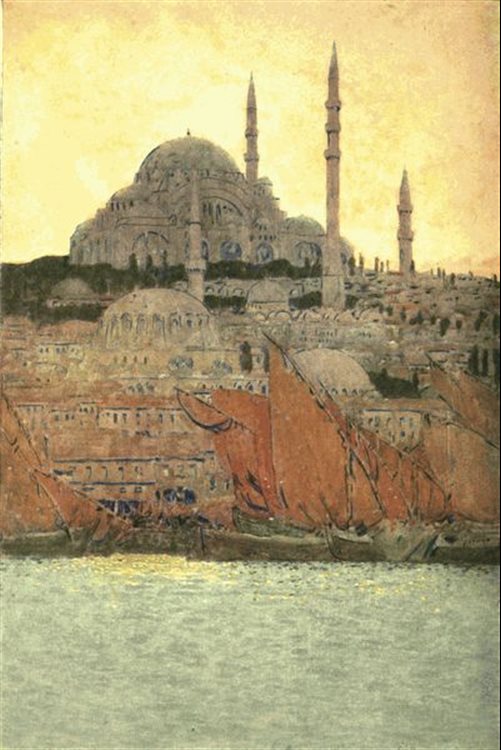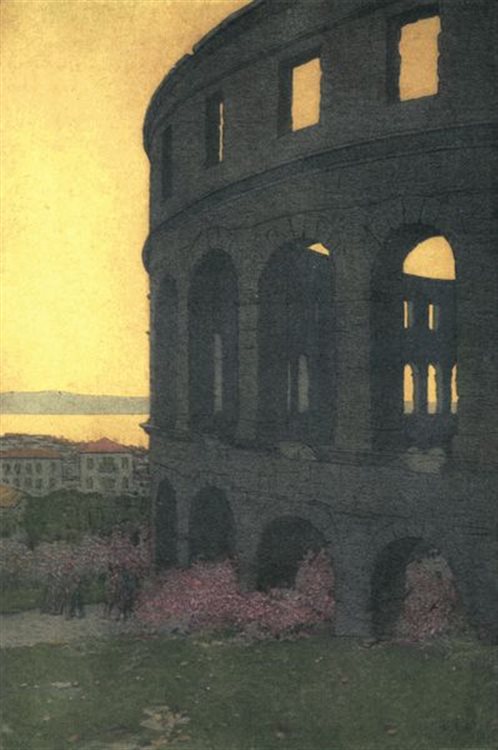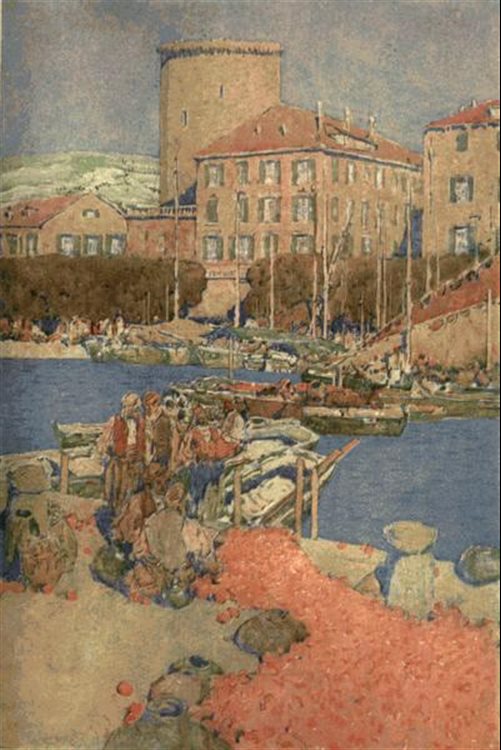Robert Hichens - The Near East: Ancient Dalmatia, Greece and Constantinople
Here you can read online Robert Hichens - The Near East: Ancient Dalmatia, Greece and Constantinople full text of the book (entire story) in english for free. Download pdf and epub, get meaning, cover and reviews about this ebook. year: 2015, publisher: eKitap Projesi, genre: History / Science. Description of the work, (preface) as well as reviews are available. Best literature library LitArk.com created for fans of good reading and offers a wide selection of genres:
Romance novel
Science fiction
Adventure
Detective
Science
History
Home and family
Prose
Art
Politics
Computer
Non-fiction
Religion
Business
Children
Humor
Choose a favorite category and find really read worthwhile books. Enjoy immersion in the world of imagination, feel the emotions of the characters or learn something new for yourself, make an fascinating discovery.

- Book:The Near East: Ancient Dalmatia, Greece and Constantinople
- Author:
- Publisher:eKitap Projesi
- Genre:
- Year:2015
- Rating:3 / 5
- Favourites:Add to favourites
- Your mark:
The Near East: Ancient Dalmatia, Greece and Constantinople: summary, description and annotation
We offer to read an annotation, description, summary or preface (depends on what the author of the book "The Near East: Ancient Dalmatia, Greece and Constantinople" wrote himself). If you haven't found the necessary information about the book — write in the comments, we will try to find it.
What is the magic of pastoral Greece? What is it that gives to you a sensation of being gently released from the cares of life and the boredom of modern civilization, with its often unmeaning complications, its unnecessary luxuries, its noisy self-satisfactions? This is not the tremendous, the spectacular release of the desert, an almost savage tearing away of bonds. Nothing in the Greece I saw is savage; scarcely anything is spectacular. But, oh, the bright simplicity of the life and the country along the way to Marathon! It was like an early world. One looked, and longed to live in those happy woods like the Turkish Gipsies. Could life offer anything better? The pines are small, exquisitely shaped, with foliage that looks almost as if it had been deftly arranged by a consummate artist. They curl over the slopes with a lightness almost of foam cresting a wave. Their color is quite lovely. The ancient Egyptians had a love color: well, the little pine-trees of Greece are the color of happiness. You smile involuntarily when you see them. And when, descending among them, you are greeted by the shining of the brilliant-blue sea, which stretches along the edge of the plain of Marathon, you know radiance purged of fierceness.
The road winds down among the pines till, at right angles to it, appears another road, or rough track just wide enough for a carriage. This leads to a large mound which bars the way. Upon this mound a habitation was perched. It was raised high above the ground upon a sort of tripod of poles. It had yellow walls of wheat, and a roof and floor of brushwood and maize. A ladder gave access to it, and from it there was a wide outlook over the whole crescent-shaped plain of Marathon. This dwelling belonged to a guardian of the vineyards, and the mound is the tomb of those who died in the great battle.
PICTURESQUE DALMATIA
Chapter I: PICTURESQUE DALMATIA
IN AND NEAR ATHENS
Chapter II: IN AND NEAR ATHENS
THE ENVIRONS OF ATHENS
Chapter III: THE ENVIRONS OF ATHENS
DELPHI AND OLYMPIA
Chapter IV: DELPHI AND OLYMPIA
IN CONSTANTINOPLE
Chapter V: IN CONSTANTINOPLE
STAMBOUL, THE CITY OF MOSQUES
Chapter VI: STAMBOUL, THE CITY OF MOSQUE
Robert Hichens: author's other books
Who wrote The Near East: Ancient Dalmatia, Greece and Constantinople? Find out the surname, the name of the author of the book and a list of all author's works by series.

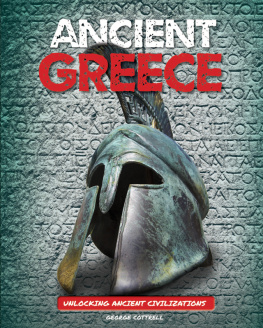
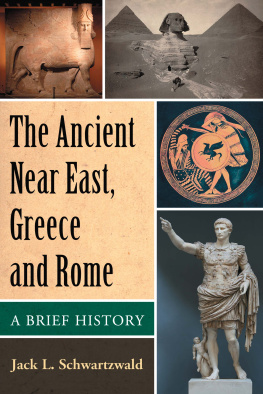
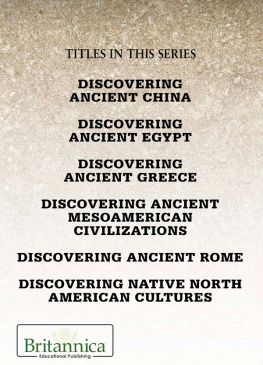


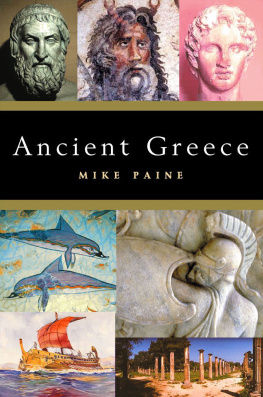
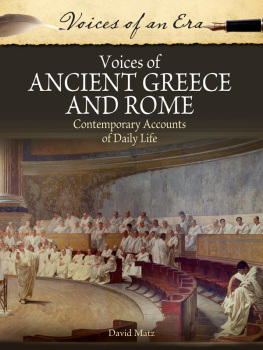
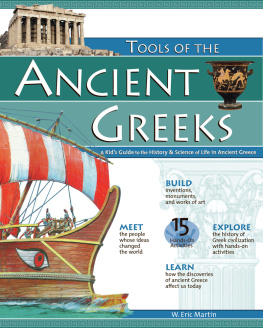
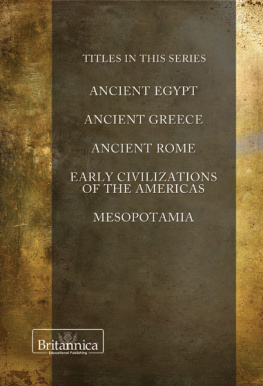

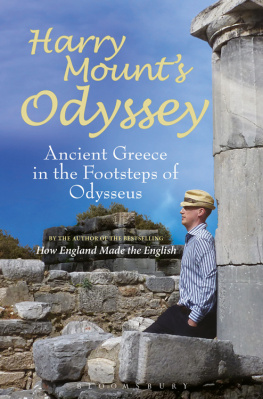
.jpg)

